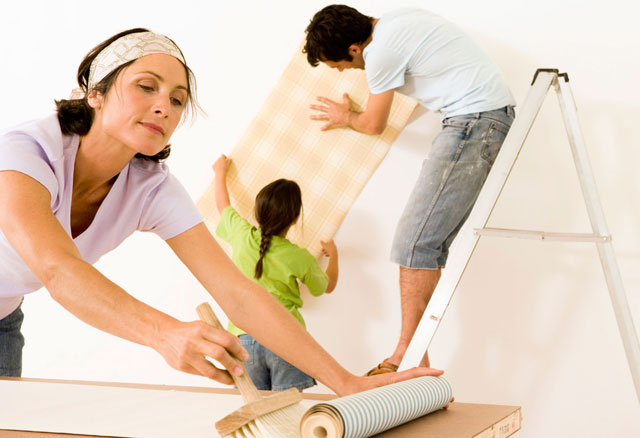
In this informative article, we will discuss 12 essential DIY home repairs that every homeowner should know.
From patching drywall to fixing leaks, repairing floors, and tackling window and door repairs, this comprehensive guide will provide you with the knowledge and skills necessary to handle common household issues.
With a practical and detailed approach, we aim to empower homeowners with the freedom to confidently tackle these repairs, saving both time and money.
DIY Plumbing Fixes
When faced with plumbing issues, homeowners can often save time and money by attempting their own DIY fixes. Two common plumbing problems that can easily be tackled are fixing clogged drains and repairing toilet leaks.
When dealing with a clogged drain, start by using a plunger to try and remove the blockage. If that doesn't work, a mixture of baking soda and vinegar can be poured down the drain to break up the clog.
For toilet leaks, the first step is to identify the source of the problem. It could be a faulty flapper valve or a damaged seal. Replacing these parts can usually solve the issue.
Electrical Repairs
When it comes to electrical repairs, safety should always be the top priority for any homeowner attempting DIY fixes. It is crucial to follow proper safety precautions, such as turning off the power before starting any repairs, wearing protective gear, and using insulated tools.
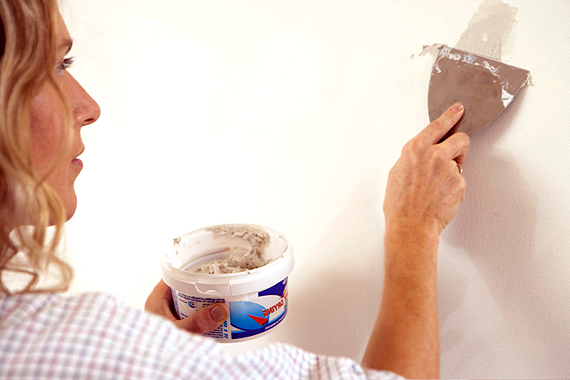
Some common electrical issues that homeowners may encounter include faulty outlets, flickering lights, and circuit breaker trips. To successfully tackle these repairs, homeowners should have essential tools on hand, such as a voltage tester, wire strippers, and a multimeter.
Safety Precautions for DIY
To ensure safe execution of DIY electrical repairs, it is imperative to adhere to proper safety protocols. When working with electricity, it is essential to wear appropriate safety gear, such as insulated gloves, safety glasses, and non-conductive footwear. These protective measures can prevent electrical shocks and burns.
Additionally, it is crucial to handle hazardous materials, such as electrical wires and cables, with caution. Avoid touching exposed wires and always use insulated tools when working with live circuits.
Before starting any electrical repair, make sure to turn off the power supply to the area you are working on. Use a circuit tester to confirm that the power is indeed off.
Taking these safety precautions will help ensure your well-being and the successful completion of your DIY electrical repairs.
Common Electrical Issues
As we transition from discussing safety precautions for DIY electrical repairs, we now turn our attention to common electrical issues that homeowners may encounter and need to address.
Diagnosing electrical problems can be challenging, but with a basic understanding of electrical systems and the right tools, many issues can be resolved without calling an electrician. Some common problems include flickering lights, tripping circuit breakers, and outlets not working.
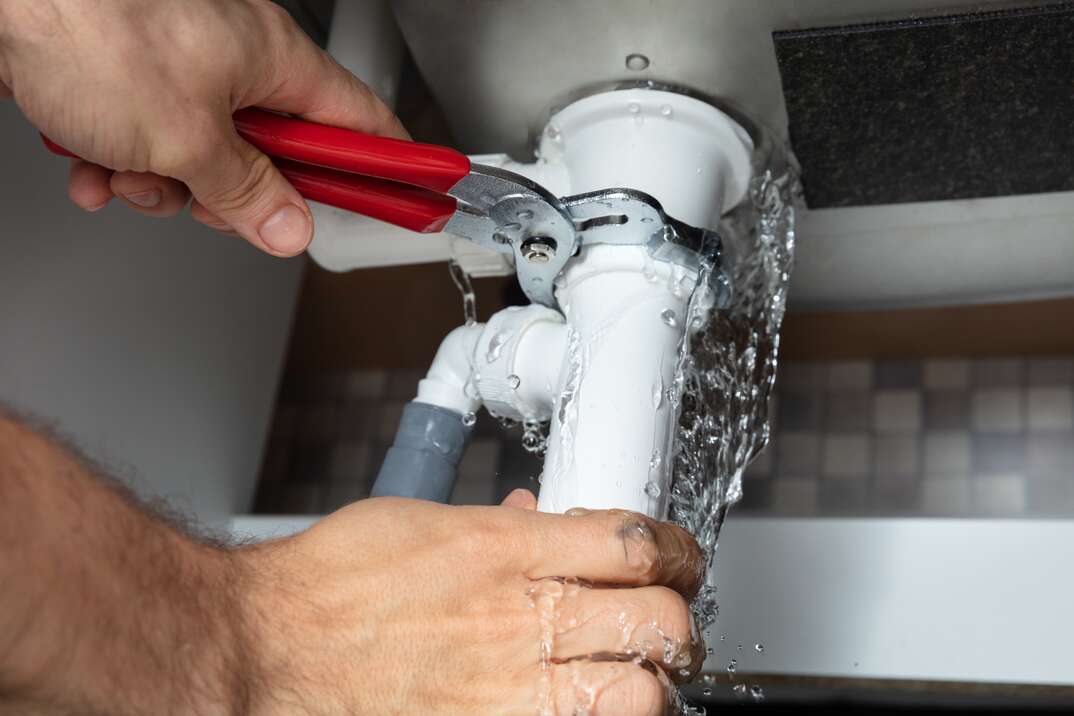
These issues can be caused by loose connections, overloaded circuits, or faulty wiring. To prevent electrical hazards, it is important to regularly inspect electrical outlets, switches, and cords for any signs of damage. Additionally, avoiding the use of extension cords as a permanent solution and being cautious when using appliances can help minimize the risk of electrical accidents.
Continuing our exploration of common electrical issues, let's now delve into the essential tools required for effective electrical repairs. When it comes to tackling electrical repairs, having the right tools in your arsenal is crucial. Here are five essential tools that every homeowner should have for electrical repairs:
- Voltage tester: This tool allows you to check if a circuit is live and helps ensure your safety before starting any repair work.
- Wire strippers: These are used to remove the insulation from electrical wires, allowing for proper connections to be made.
- Needle-nose pliers: These small, narrow pliers are perfect for gripping and bending wires during repairs.
- Screwdrivers: A set of both flathead and Phillips head screwdrivers is essential for removing and tightening electrical screws.
- Wire nuts: These small connectors are used to join two or more electrical wires together securely.
Having these tools on hand will make any electrical repair job much easier and safer.
Remember to always follow proper safety precautions and consult a professional if you are unsure about any electrical repairs.
Fixing Appliances
Appliance repair is a crucial skill for homeowners to possess in order to maintain the functionality and longevity of their household appliances. Regular appliance maintenance and troubleshooting can help identify and resolve common issues before they escalate into major problems.
To start, it's important to keep appliances clean and free from dust and debris. Regularly check and clean filters, vents, and coils to ensure proper airflow and prevent overheating.
Additionally, familiarize yourself with the owner's manual for each appliance, as it contains valuable information on troubleshooting and maintenance specific to that model.
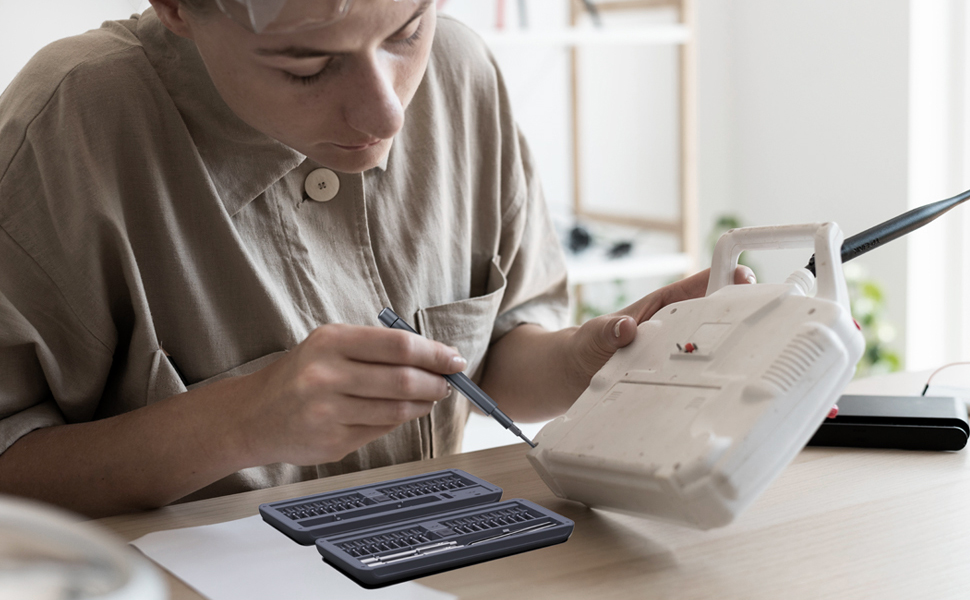
When troubleshooting appliances, start by checking for power supply issues, such as tripped breakers or blown fuses. If the appliance still doesn't work, consider calling a professional technician to diagnose and fix the problem.
Remember, safety should always be a priority when working with appliances, so be sure to unplug them before attempting any repairs.
Repairing Roofs
Repairing roofs is an essential skill for homeowners to learn, as it helps prevent roof leaks and potential damage to the structure of the house.
There are various DIY roof repairs that can be done, such as fixing loose or damaged shingles, sealing leaks, and addressing flashing issues.
Roof Leak Prevention
One effective method to prevent roof leaks is by regularly inspecting and maintaining the condition of your roof. This entails performing routine roof maintenance and ensuring that any potential issues are addressed promptly.
Here are some practical tips to help you prevent roof leaks:
- Inspect your roof: Regularly check for signs of damage, such as cracked or missing shingles, loose flashing, or deteriorating sealant.
- Clean your gutters: Clogged gutters can cause water to overflow and damage the roof. Clean them regularly to ensure proper drainage.
- Trim overhanging branches: Branches rubbing against the roof can cause damage over time. Trim them to prevent potential leaks.
- Check for attic leaks: Inspect your attic for any signs of leaks, such as water stains or mold growth. Address these issues promptly.
- Remove debris: Clear any debris, such as leaves or branches, from your roof to prevent water accumulation and potential leaks.
DIY Roof Repairs
Regularly inspecting and maintaining the condition of your roof is crucial for DIY roof repairs. By taking proactive steps to keep your roof in good shape, you can prevent major issues and save money in the long run.
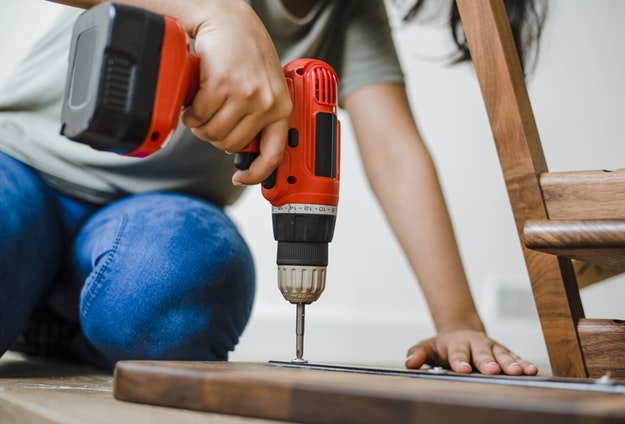
One important aspect of roof maintenance is checking your gutters regularly. Clogged gutters can lead to water buildup and damage to your roof. DIY gutter repairs, such as cleaning out debris and ensuring proper drainage, are relatively simple tasks that can be done with basic tools.
Additionally, it's important to inspect your roof for any signs of damage, such as missing or damaged shingles, cracked flashing, or leaks. If you notice any issues, you can attempt to repair them yourself if you feel comfortable doing so.
However, it's important to note that some roof repairs may require professional assistance.
Home Exterior Repairs
Homeowners should prioritize regular maintenance and address exterior repairs promptly to ensure the longevity and curb appeal of their property. Neglecting these repairs can lead to more significant problems and higher costs down the line.
Here are five essential home exterior repairs that every homeowner should know:
- Exterior Landscaping: Maintain a well-kept lawn, trim bushes and trees, and ensure proper drainage to prevent water damage to the foundation.
- Gutter Maintenance: Clean gutters regularly to prevent clogs and ensure proper water flow. Repair any leaks or damaged sections promptly.
- Painting and Siding Repairs: Regularly inspect the exterior walls for peeling paint, cracks, or damaged siding. Repair and repaint as necessary to protect against weather elements.
- Window and Door Maintenance: Check for gaps, cracks, or broken seals around windows and doors. Repair or replace these components to improve energy efficiency and security.
- Deck and Patio Repairs: Regularly inspect and repair any damaged boards, loose railings, or unstable structures to ensure safety and longevity.
When it comes to tackling DIY home repairs, having the right tools is essential.
There are certain must-have DIY tools that every homeowner should have in their toolbox. These essential tools for DIY include items like a hammer, screwdrivers, pliers, a tape measure, a level, and a utility knife.
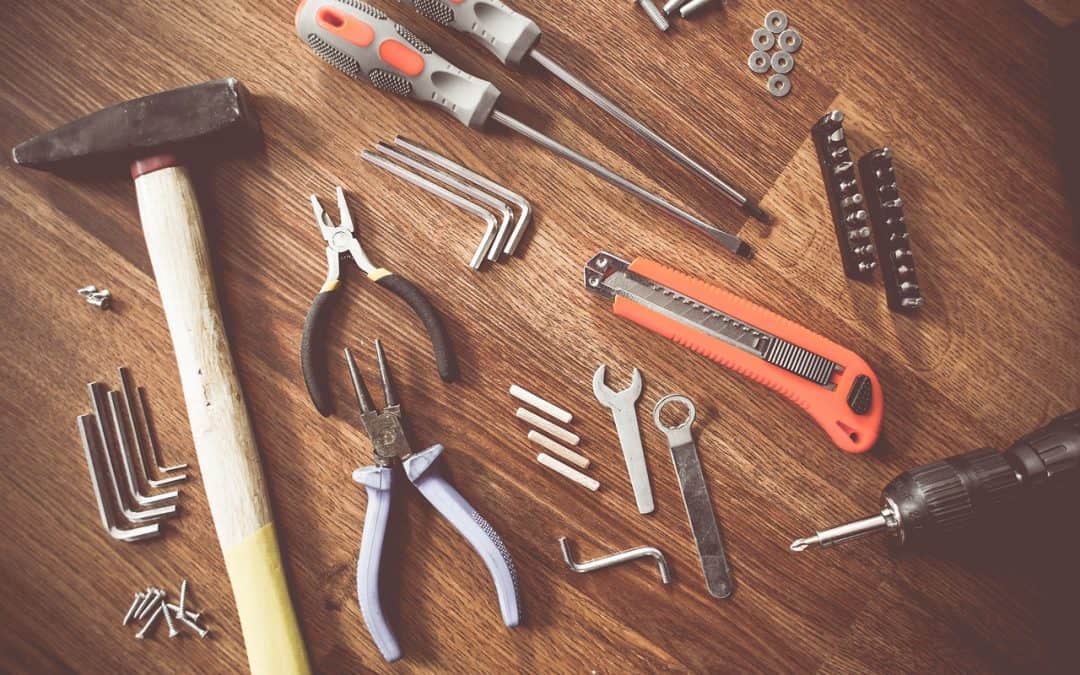
Having these necessary DIY equipment on hand will make it easier to handle common home repairs and maintenance tasks.
Homeowners should always have a set of essential DIY tools readily available for efficiently and effectively completing home repairs. These tools not only save time and money but also give homeowners the freedom to tackle various projects on their own.
Here are five must-have DIY tools that every homeowner should have in their toolbox:
- Cordless Drill: A versatile tool that can be used for drilling holes, driving screws, and even mixing paint. Look for one with adjustable speed settings and interchangeable drill bits.
- Circular Saw: Perfect for making straight cuts in wood and other materials. It's essential for any DIY project involving framing, flooring, or building furniture.
- Level: Ensures that everything is straight and aligned, whether you're hanging shelves or installing a new door. Look for a sturdy, accurate level with both horizontal and vertical vials.
- Tape Measure: A reliable tape measure is crucial for accurate measurements when cutting materials or determining the placement of furniture.
- Safety Gear: Don't forget to prioritize your safety. Invest in safety glasses, gloves, and a dust mask to protect yourself from potential hazards.
To successfully complete essential DIY home repairs, it is crucial for homeowners to have a set of mandatory tools in their toolbox.
These tools are essential for tackling various home improvement projects, including DIY woodworking projects and other home repairs.
One of the must-have tools is a good quality drill, which is versatile and can be used for a wide range of tasks, from hanging shelves to installing cabinets.
A set of screwdrivers is also essential, with different sizes and types to handle different screws.
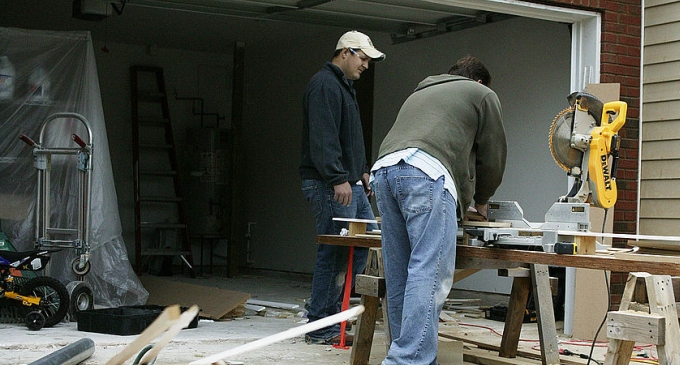
Additionally, a hammer, a tape measure, and a level are essential for accurate measurements and precise installations.
For woodworking projects, a set of chisels, a miter saw, and a sander are also recommended.
Necessary DIY Equipment
A comprehensive set of essential tools is necessary for completing DIY home repairs. Having the right equipment on hand can make all the difference in successfully completing a project.
Here are five must-have tools that every homeowner should have in their DIY arsenal:
- Hammer: A versatile tool that can be used for a variety of tasks, from driving nails to removing old fixtures.
- Screwdriver set: Essential for tightening screws, assembling furniture, and repairing electronics.
- Tape measure: Precise measurements are crucial for any DIY project, whether it's hanging a picture or building a custom shelf.
- Power drill: Perfect for drilling holes and driving screws quickly and efficiently.
- Level: Ensures that your DIY woodworking projects and home organization ideas are straight and balanced.
Safety Measures for DIY Repairs
When undertaking DIY repairs, it is crucial to prioritize safety measures and implement them throughout the project.
One important safety measure is practicing proper use of power tools. Before using any power tool, it is essential to read and understand the manufacturer's instructions, wear appropriate safety gear such as goggles and gloves, and ensure that the tool is in good working condition.
Additionally, DIY ladder safety is vital to prevent falls and injuries. When using a ladder, make sure it is on a stable surface and fully extended, never stand on the top rungs, and always maintain three points of contact.
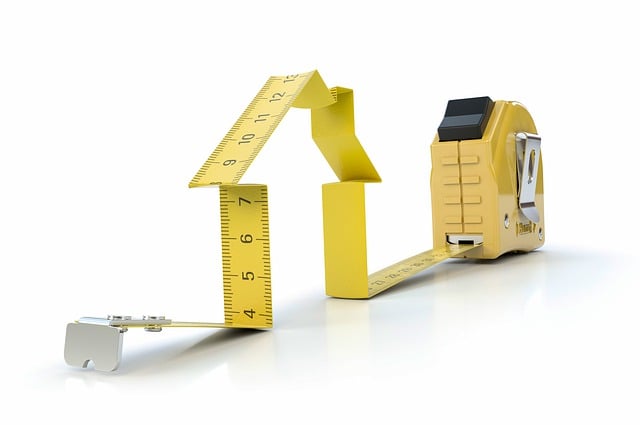
It is also important to be cautious of electrical hazards, use proper ventilation when working with chemicals, and keep a first aid kit handy in case of accidents.
Painting and Decorating Tips
One essential painting and decorating tip is to carefully select the appropriate color palette for your home. The right paint colors can create a sense of harmony and balance in your living spaces. Here are some tips to help you choose the perfect paint colors for your home:
- Consider the mood and atmosphere you want to create in each room.
- Take into account the natural light and the size of the room.
- Test paint samples on the walls to see how they look in different lighting conditions.
- Don't be afraid to use bold colors as accents or focal points.
- Remember to consider the overall flow and cohesion of your home's color scheme.
When it comes to wallpaper application techniques, here are a few tips to ensure a smooth and professional finish:
- Prepare the walls properly by cleaning and priming them before applying the wallpaper.
- Measure carefully and cut the wallpaper to the correct size.
- Use a wallpaper brush or roller to smooth out any air bubbles or wrinkles.
- Trim any excess wallpaper carefully using a sharp knife.
- Allow the wallpaper to dry completely before moving furniture back into the room.
Tiling Repairs
To continue the discussion on home repairs, tiling repairs are an essential skill for homeowners looking to maintain the integrity and aesthetic appeal of their homes. Tiled surfaces can add beauty and functionality to any space, but they also require regular maintenance to keep them in top condition.
One important aspect of tiling maintenance is grout maintenance. Over time, grout can become discolored or cracked, detracting from the overall appearance of the tiled area. Regular cleaning and resealing of grout can help prevent these issues.
Additionally, it is important to know how to replace broken tiles. Accidents happen, and a broken tile can be an eyesore. By learning how to remove and replace a broken tile, homeowners can save money on professional repairs and keep their tiled surfaces looking their best.
Bathroom Fixture Fixes
Continuing from the previous subtopic on tiling repairs, an essential skill for homeowners, the next topic to be discussed is bathroom fixture fixes. As a homeowner, it is important to be able to address common toilet problems and make necessary bathroom fixture upgrades. Here are five key areas to focus on:
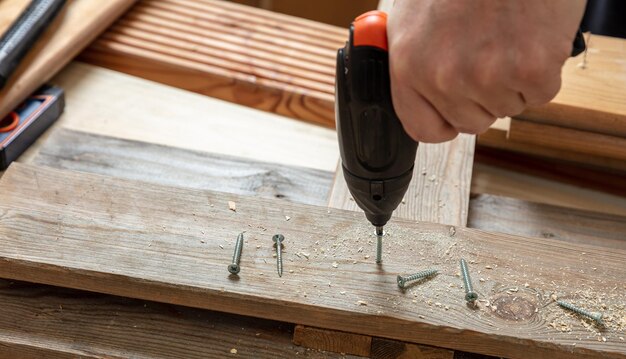
- Leaking toilet: Identify the source of the leak, which could be a faulty flapper valve or a worn-out wax ring. Replace the necessary components to stop the leak.
- Clogged toilet: Use a plunger or a drain snake to clear the clog. If the clog persists, consider using a toilet auger or seeking professional help.
- Running toilet: Check the flapper valve and adjust the water level in the tank to resolve the issue.
- Loose toilet seat: Tighten the nuts underneath the toilet seat with a wrench to secure it in place.
- Old faucets and showerheads: Upgrade your bathroom fixtures with new ones to improve functionality and aesthetics.
Furniture Restoration
Moving on to the next important skill for homeowners, we will now delve into the realm of furniture restoration. Furniture refinishing and antique restoration are valuable skills that can bring new life to old pieces and save you money on buying new furniture.
Whether you have a vintage dresser that needs some TLC or a family heirloom that requires careful attention, learning how to restore furniture can be a rewarding and fulfilling endeavor. The process may involve stripping old finishes, repairing damaged parts, sanding, staining, and applying a protective coat.
With the right tools and techniques, you can transform worn-out furniture into beautiful, functional pieces that will enhance the aesthetic appeal and value of your home.
Additional DIY Tips and Tricks
Now, let us delve further into the realm of DIY home repairs by exploring some additional tips and tricks that every homeowner should know. Here are some DIY gardening hacks and quick home organization tips to help you maintain a beautiful and well-organized home:
- Use coffee grounds as fertilizer: Instead of throwing away your used coffee grounds, sprinkle them on your plants for a nutrient boost. Coffee grounds are rich in nitrogen, which is essential for plant growth.
- Create a vertical garden: If you have limited space, consider creating a vertical garden by using hanging planters or repurposing old pallets. This allows you to maximize your gardening area and adds a unique aesthetic to your home.
- Repurpose household items for storage: Look around your home for unused items that can be repurposed for storage. For example, use mason jars to store small items like screws or nails, or repurpose an old ladder as a bookshelf.
- Utilize tension rods for organizing: Tension rods are a versatile tool for quick and easy home organization. Install tension rods inside cabinets to create additional shelving, or use them in your closet to hang scarves, belts, or other accessories.
- DIY shelf dividers: If you have open shelves that tend to get messy, create DIY shelf dividers using cardboard or acrylic sheets. This will help keep your items neatly organized and prevent them from falling over.
Frequently Asked Questions
How Do I Fix a Leaky Faucet?
To fix a leaky faucet, start by turning off the water supply. Disassemble the faucet and replace any worn-out parts, such as the washer or O-ring. Reassemble the faucet, turn the water back on, and test for leaks. Regularly maintain your plumbing to prevent future leaks.
What Should I Do if My Electrical Outlets Stop Working?
When troubleshooting electrical outlets that have stopped working, it is important to first check if the issue is isolated to one outlet or affects multiple. If the problem persists, it is recommended to hire an electrician for a thorough inspection and proper repair.
How Can I Repair a Broken Dishwasher?
To repair a broken dishwasher, start by troubleshooting common issues such as clogged filters, faulty door latches, or malfunctioning motors. Regular dishwasher maintenance, such as cleaning the spray arms and checking for leaks, can help prevent future problems.
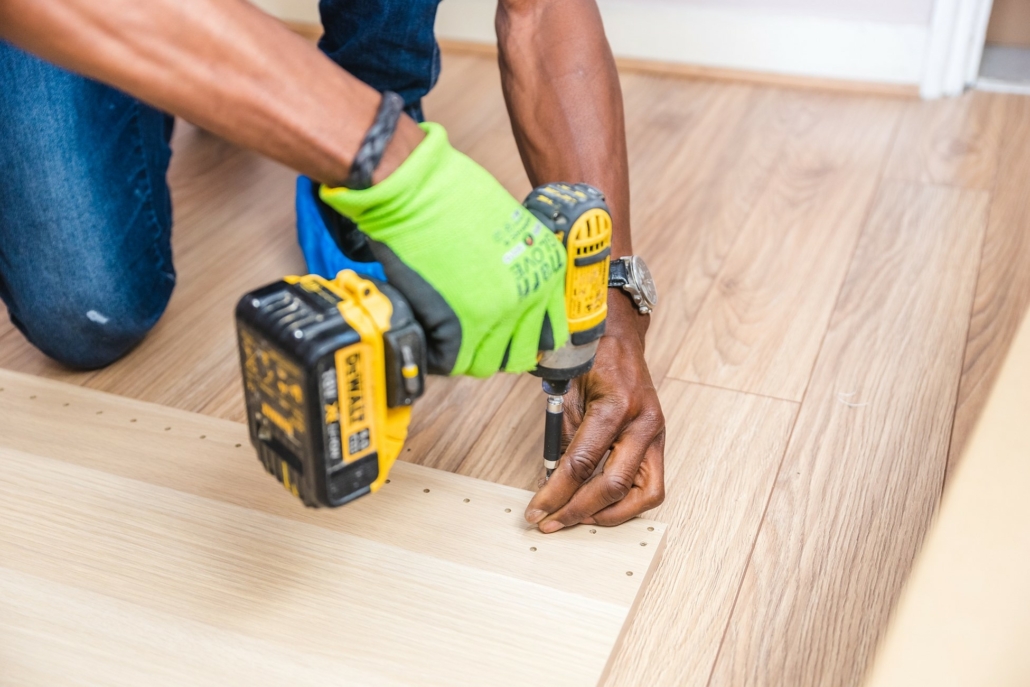
What Steps Should I Take to Fix a Leaking Roof?
To fix a leaking roof, start by identifying the source of the leak. Clear any debris from the affected area and apply roofing cement or a patching material. Regular roof maintenance is crucial to prevent future leaks.
How Do I Repair a Cracked Exterior Wall?
To repair a cracked exterior wall, start by examining the extent of the damage. If it's a minor crack, you can patch it with a suitable filler. For larger cracks or structural issues, it's recommended to consult a professional for repairing foundation cracks and fixing exterior paint peeling.
 Family Craft ProjectsHome ImprovementCooking and BakingReuse and RecycleDIY GiftsEco-Friendly ProjectsDIY Home SolutionsSeasonal ActivitiesFun and GamesLearn TogetherPrivacy PolicyTerms And Conditions
Family Craft ProjectsHome ImprovementCooking and BakingReuse and RecycleDIY GiftsEco-Friendly ProjectsDIY Home SolutionsSeasonal ActivitiesFun and GamesLearn TogetherPrivacy PolicyTerms And Conditions

 Family Craft ProjectsHome ImprovementCooking and BakingReuse and RecycleDIY GiftsEco-Friendly ProjectsDIY Home SolutionsSeasonal ActivitiesFun and GamesLearn TogetherPrivacy PolicyTerms And Conditions
Family Craft ProjectsHome ImprovementCooking and BakingReuse and RecycleDIY GiftsEco-Friendly ProjectsDIY Home SolutionsSeasonal ActivitiesFun and GamesLearn TogetherPrivacy PolicyTerms And Conditions
